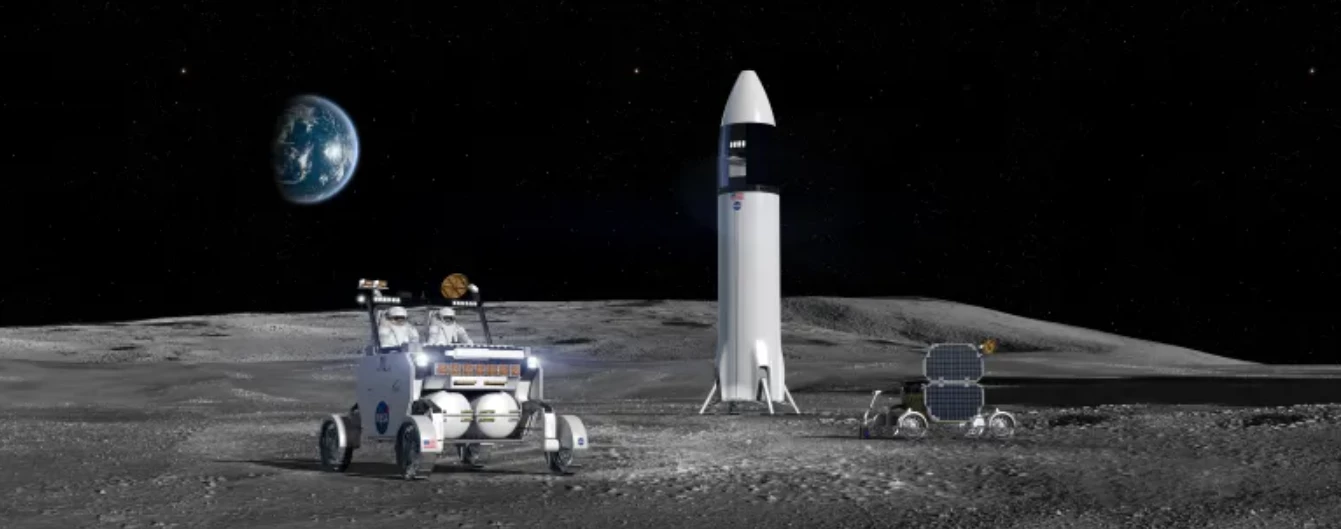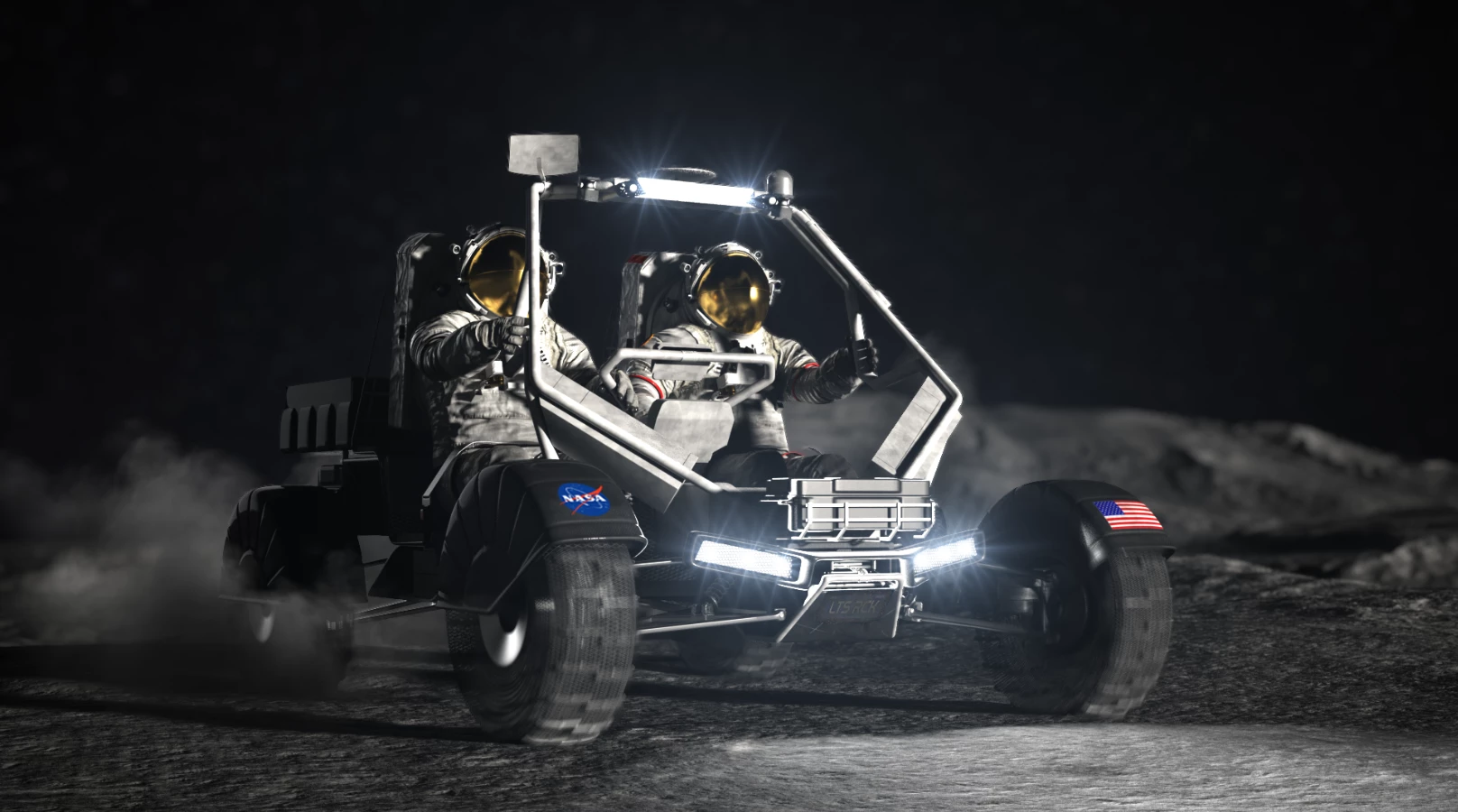NASA has selected three companies to develop extreme off-road vehicles that astronauts will drive on the Moon during Artemis missions starting in 2030, awarding US$4.6 billion in contracts to Intuitive Machines, Lunar Outpost and Venturi Astrolab.
During the 1972 Apollo 17 mission, Commander Eugene Cernan set a lunar speed record of 11.2 mph (18.0 km/h) in the two-seater lunar rover used by Cernan and Lunar Module Pilot Harrison Schmitt to explore the Moon's surface.
Its performance record has stood for 52 years, though this isn't much to brag about, because there hasn't been a crewed rover on the Moon since then. However, that's set to change when NASA's Artemis program establishes a permanent human presence on the satellite.

According to NASA, this won't be a replay of rovers used on the later Apollo missions, which were only geared to operate for a few hours over a couple of days. The first rovers were designed to allow the astronauts to cover more ground faster with more equipment and without exhausting themselves. The same is true of the new rovers, though they'll be able to carry heavier payloads a greater distance. In addition, they will need to be able to operate in and survive not only the much harsher conditions of the Moon's south polar region but the intense darkness and cold of the 14-day lunar night.
Another difference for the LTV is that it will be astronaut optional. In between mission visits, the rovers will operate as robotic vehicles that can explore and carry out tasks on their own. This will also allow them to handle unspecified NASA and commercial missions.

Under the indefinite-delivery/indefinite-quantity, milestone-based contract, each of the three selected companies are expected to spend the next year studying how their LTV meets NASA's requirements. NASA will then select a company to build an LTV that will be sent on a demonstration mission to the Moon to validate its safety and performance, before the Artemis V mission launches in 2030.

Only one of the three competitors is expected to win the final demonstration and construction contract, which will involve providing the space agency with LTVs and maintaining them through 2039.
"We look forward to the development of the Artemis generation lunar exploration vehicle to help us advance what we learn at the Moon," said Vanessa Wyche, director of NASA’s Johnson Space Center in Houston. "This vehicle will greatly increase our astronauts’ ability to explore and conduct science on the lunar surface while also serving as a science platform between crewed missions."
Source: NASA





